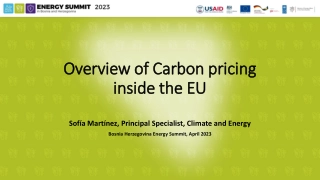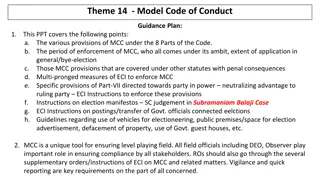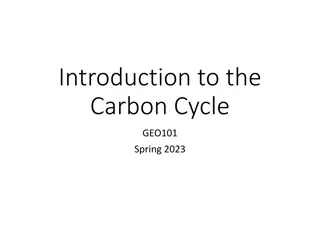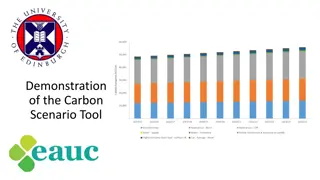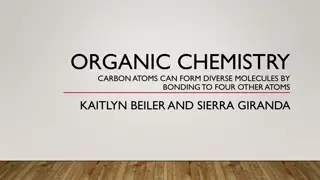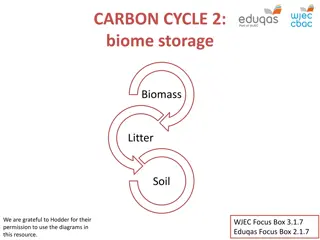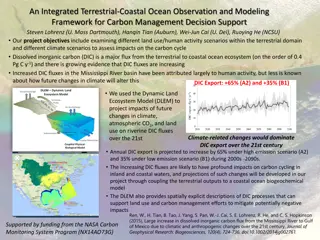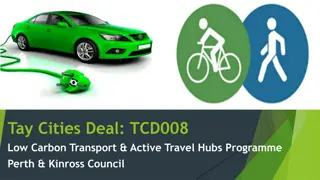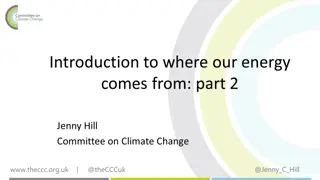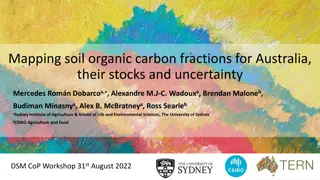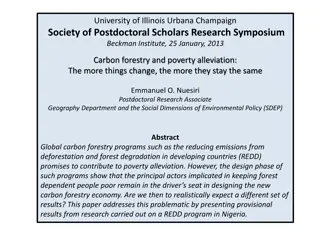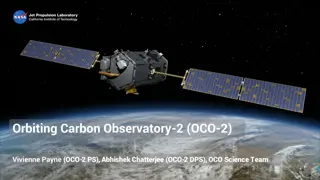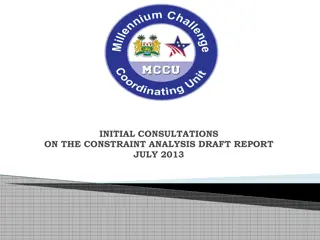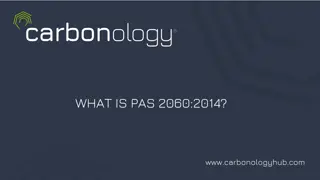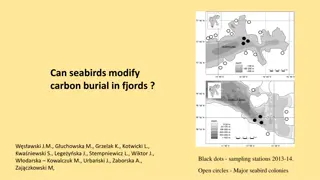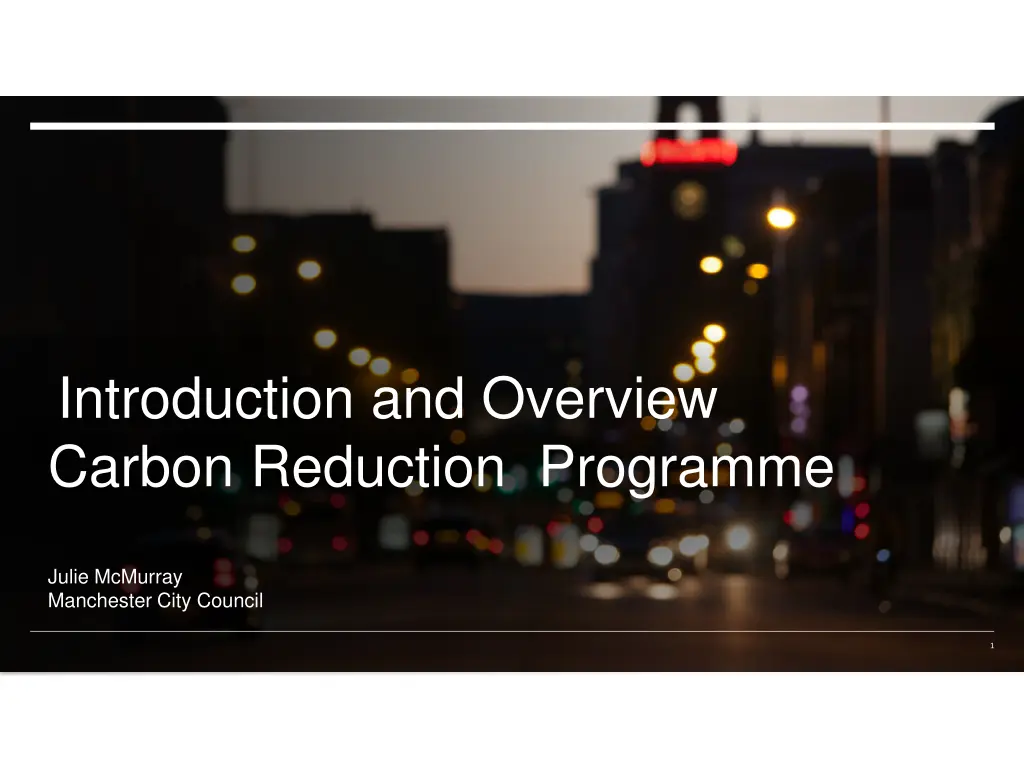
Manchester City Council Carbon Reduction Programme Overview
Learn about Manchester City Council's Carbon Reduction Programme, aimed at reducing emissions, improving environmental impact, and ensuring financial sustainability through strategic initiatives.
Download Presentation

Please find below an Image/Link to download the presentation.
The content on the website is provided AS IS for your information and personal use only. It may not be sold, licensed, or shared on other websites without obtaining consent from the author. If you encounter any issues during the download, it is possible that the publisher has removed the file from their server.
You are allowed to download the files provided on this website for personal or commercial use, subject to the condition that they are used lawfully. All files are the property of their respective owners.
The content on the website is provided AS IS for your information and personal use only. It may not be sold, licensed, or shared on other websites without obtaining consent from the author.
E N D
Presentation Transcript
Introduction and Overview Carbon Reduction Programme Julie McMurray Manchester City Council 1
WHY? The MCC Environmental and Climate Change Strategy set a target to reduce the Council s emission by 41% by 2020 (set in 2010) We recognised that reducing carbon emissions in our operational estate was key to achieving our targets; that a proactive approach was required Our Manchester strategy recognises the importance of reducing our impact on the environment and improving the quality of residents' lives by having a clean, green City Reducing carbon emissions support a sustainable MCC both in terms of our green credentials and financial sustainability. 2
WHAT Understand our carbon emission within the operational estate; Review of our Stock Condition Survey data and identify where there are quick wins to support our carbon reduction ambitions (and secure financial savings); Undertake an assessment of which sustainable technologies were the best fit for which locations; Make an assessment of the capital cost of sustainable technologies v carbon and financial savings; Understand the Invest to Save business case for each of the identified locations. 3
Technologies and Locations High Level Business Case Development Locations Understanding the condition of our buildings and where to invest in sustainable energy technologies Understanding other programmes of work and where there was a synergy Understanding where there were contractual issues to be resolved Technologies to be Retrofit LEDs CHPs Solar PV s Non CHPs Controls/Building Management Systems Invest to Save assessments Initial high level assessments, but underpinned by feasibility studies. Individual Business Cases to support the case by case investment models Ongoing monitoring to ensure carbon and financial savings are achieved and to inform future programmes of carbon reduction activity 4
Embedding into our every day activities and Future Targeted programmes Continuous Improvement and Progress Our Estates Asset Management Programme We understanding the condition of our buildings and can make informed decisions on investment in sustainable energy technologies Work with our supply chain to ensure our designs have sustainable technologies as a core theme when delivering refurbishment/maintenance works Embedding sustainability in our Procurement activity We seek to procure green solutions Our contracts have sustainable technologies and carbon reduction as key feature Solar PV s Non CHPs Planning for beyond 2020 Commence planning for beyond 2020 to ensure we continue to reduce our impact on the environment) Understand and plan for the next phase (Energy Storage and management with the Estate/Grid) Work with partners and ensure we are flexible and securing maximum benefits 5
Size and Scale of Our Programme Number and type of Locations 15+ different locations A diverse range of buildings including Leisure Centers, Cultural facilities and office accommodation Estimated Carbon and Financial Savings Estimated Carbon Savings p.a. = 4,700 tonnes Estimated Financial Savings pa. = 1m p.a. Pay back periods will vary from scheme to scheme All estimates will be confirmation as part of a individual feasibility studies Programme delivery To be delivered over a 4-5year period Contractual arrangements will need to be in place for some of the locations where buildings are operated by a third party Each project will have a separate Business Case to meet the corporate approval/ governance arrangements 6


